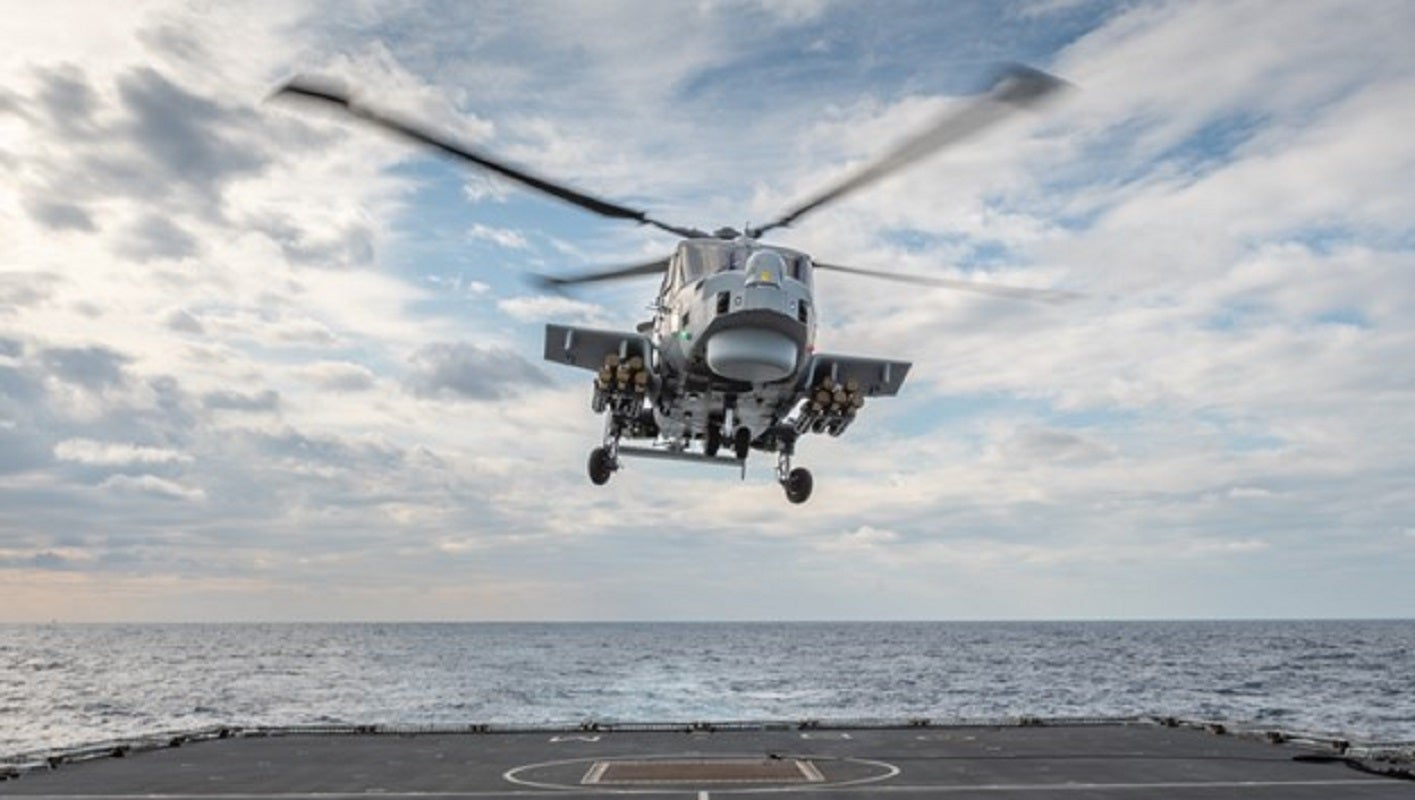
The UK Ministry of Defence (MoD) launched a project to showcase the ‘Motherlode’ artificial intelligence (AI) tool. The software processes maintenance data of Royal Navy aviation platforms and produces solutions to engineering problems in seconds.
Tested at the Royal Naval Air Station Yeovilton, based in Portsmouth, the 1710 Naval Air Squadron, Defence Equipment & Support (DE&S) Digital AI Team and Royal Navy Engineers participated in the project.
Motherlode ensures that engineering problems are detected at the earliest possible point, rather than when the fault becomes problematic, allowing personnel to order spares ahead of issues arising and reduces lengthy problem-solving tasks.
Also, the AI-enabled software will analyse historical data tailored to environmental and aircraft specific conditions to predict failures within equipment more accurately, allowing smarter decision-making along the chain of operations.
Minister for Defence Procurement, James Cartlidge, visited Yeovilton to witness the capabilities of the new tech, which will be used across multiple platforms including the Wildcat Maritime Attack helicopters.
The full capability will be rolled out by the end of 2023 across all Royal Navy helicopters, and the MoD is exploring its use on other defence equipment like land-based vehicles such as the Foxhound.
Multiple use cases for this software
“This is just the beginning of the AI journey for the Fleet Air Arm,” 1710 Naval Air Squadron commanding officer, Nicholas Almond stated.
“There are multiple use cases being explored, leveraging AI to enhance our data exploitation capabilities to maximise aircraft availability for frontline operations.”
While the naval industrial base has been facing pressure in delays due to long-standing maintenance issues, it certainly appears that the Motherlode concept has detrimental applications for making shipbuilding and aircraft maintenance more efficient in overcoming delays.
The UK naval industry has been under strain in recent years, often failing to maintain and develop its fleet to a credible level of readiness.
In 2021, the UK House of Commons Defence Committee published a report suggesting that the Navy needs to expand; it found that “The fleet suffers from well documented problems with several key assets.”
“The Royal Navy is being asked to take on increasing responsibilities, including taking the lead for Defence on the Government’s persistent engagement policy and Indo-Pacific tilt. What is needed is a realist assessment of capability against government ambition.”
In line with MoD’s procurement reform
The Motherlode solution also meets the MoD’s recent strategic changes to its procurement policy outlined in the Defence Command Paper Refresh, published earlier this year.
“We must… drive greater pace and agility into how we acquire military capability for the front line, including by prioritising timely delivery over perfection.
“Our ambition is to reduce radically the average time from the identification of a military need to contract placement, and from contract placement to delivery to the front line.”
Motherlode is one small part of this process, which has a large impact. The software tool sustains the lifetime cycle of the military’s range of platforms, allowing the DE&S to get the most out of their purchases.
Ultimately, Motherlode provides agility for the MoD in managing its fleets. It represents the MoD’s strategic focus of ensuring the effective performance of its capabilities.



